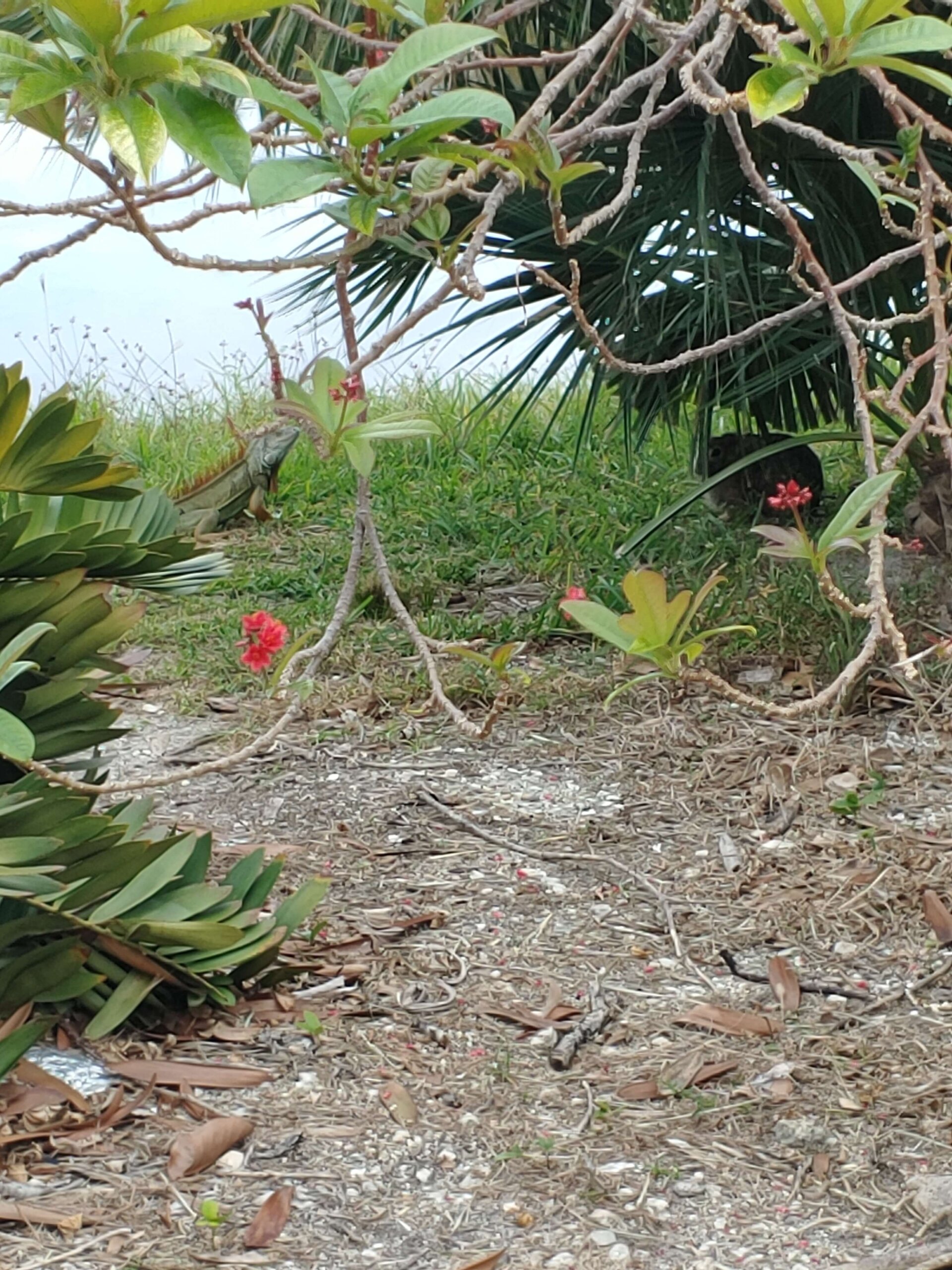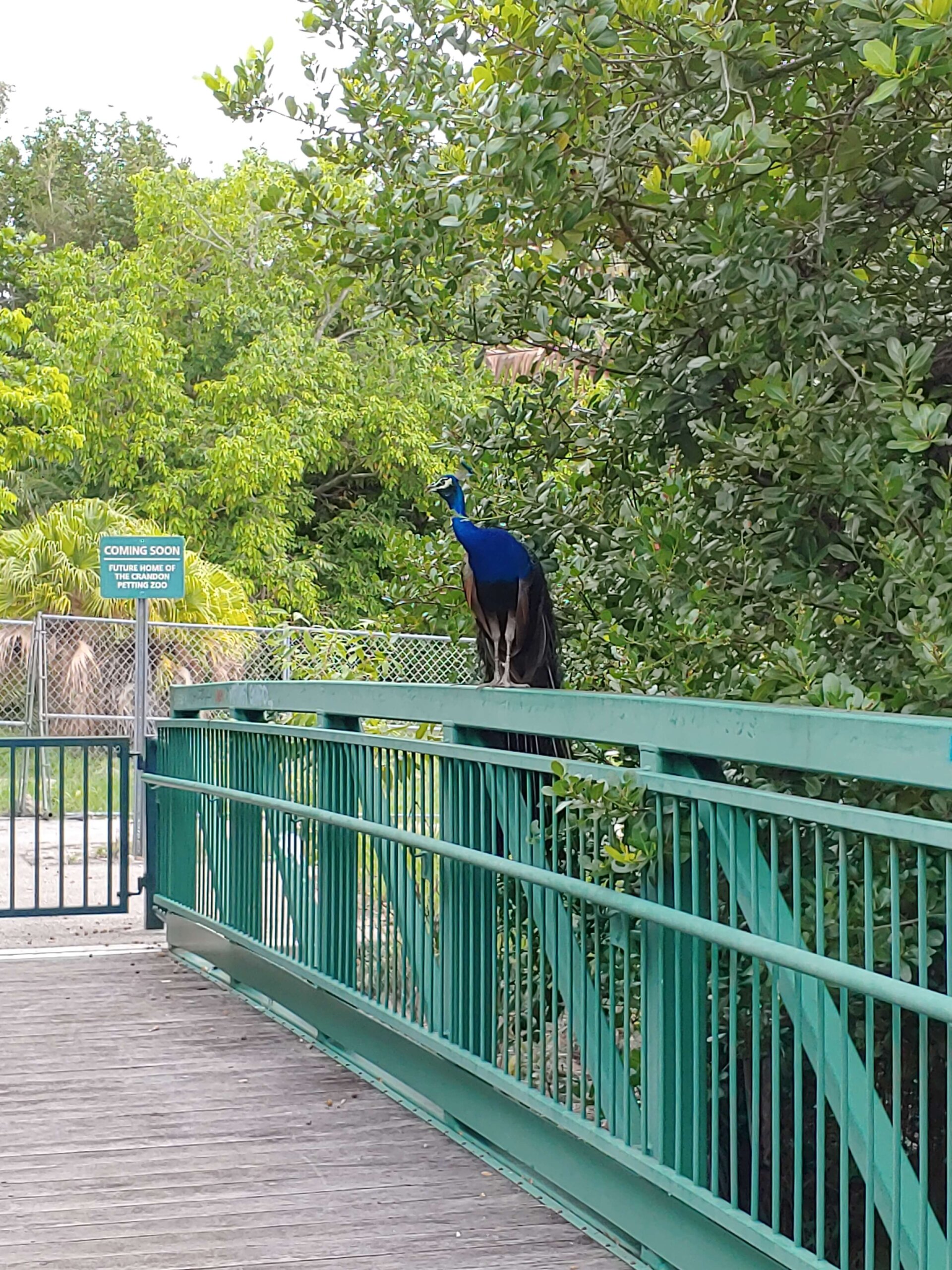I’m a genderqueer person who has struggled to find safe spaces in this world, even when it comes to something as simple as using a public restroom.
Before deciding to go into a public restroom, I watch to make sure it’s empty, determine whether the entry door is visible, check for family restrooms I could use instead, gauge whether I can hold it until I get home and come up with three different types of responses to being told to “get out of here.” If I can, I take someone with me so the people inside the restroom see that a “regular” person thinks it’s okay for me to be there—and I’ll stop drinking liquids so I won’t have to go at all.
It’s been 20 years of anxiety over when and where I can pee, or which “female” spaces I can be in or just feeling safe in the “straight world.” I have been told to leave a dressing room by a woman who said it was a “family” space (so I shouldn’t be there because I’m some sort of depraved person). I’ve been asked at a former workplace if I stand up or sit down to pee. I’ve had a random French guy shout “garçon ou fille?” (“boy or girl?”) at me while I was simply walking with my friends during a semester abroad. Going to a bar on a night when “ladies” get in free always presented a problem with the person checking IDs.
So yeah, a bit of trouble finding safe spaces. Then came the pandemic.
Ever since COVID-19 became a permanent couch-crasher, my wife, kid and I haven’t stepped foot inside a retail or grocery store (except for getting a prescription once or twice). Now, it wasn’t just the bathrooms that were terrifying—the whole world had become a big, scary monster, and every human was a possible COVID-19 spreader.
“After months of working from home, I started to see my home as a cage. We had to get out more.”
We shut ourselves off from the world. For a while, our safe space was our home. After all, no one could tell me I didn’t belong in that space. But it was also sweat-heat season in Miami, which is pretty much every season, so we didn’t spend much time outdoors or take advantage of natural parks or outdoor activities.
After months of working from home and never going out in public, I started to see my home as a cage. It got to the point that it was a huge thrill to pick up curbside coffee with my family from a place where the employees always wore masks. We had to get out more.
In May, we started going to a beach that isn’t usually crowded. But my safe space isn’t the beach itself. It’s the public park/nature preserve/former zoo right next to it that no one has seemed to notice for 30 years: Crandon Park, on the island of Key Biscayne.
First, a weird bit of backstory. According to legend—or at least a number of websites—in 1948, a travelling animal show broke down or went out of business and was stuck in Miami. The city decided to buy two black bears, three monkeys and a goat.

Credit: Courtesy Nikki Naser
This was the start of Miami-Dade County’s first zoo, complete with a miniature train that went around the perimeter. It grew to include 1,200 animals at its peak in the 1960s. But let’s not forget that we live in a place with life-threatening hurricane seasons, and this zoo was on an island in Florida. On Sept. 8, 1965, Hurricane Betsy swept through and killed a quarter of the animals trapped in the small concrete and steel enclosures.
This is a seriously tragic tale, and you’re probably wondering how this place of sorrow came to be my safe space. Well, the tragic event led to a plan to build an inland zoo. In 1981, the Miami Metro Zoo officially opened as one of the earliest free-range zoos in the United States. The first visitors were given “Pieces of the Past” souvenirs, fragments of the old cages, to show the zoo’s commitment to the new cage-free model.
And in 1991, Crandon Zoo became a botanical garden. Nowadays, this is my go-to place to find a sense of calm, despite the heat.
“The animals are just living their lives. None of them are aware that this beautiful place once held animals in cages.”
From the parking lot, you can go east toward the beach area, or south toward the park. There aren’t any visible signs that tell you there’s a huge nature preserve beyond the chain-link fence; it just looks like an ordinary park when you walk in. There’s a paved path that leads past a small lake with a fountain. Beyond that, you can see a large, open field of grass with huge, twisted trees, then another lake with a bench swing along the edge.
If you head to the right, you see some small concrete “caves” that I can only imagine must have been cages of some sort. You’ll also see a small sunken concrete area with a fence around it where iguanas like to lie in the sun. Peacocks like to stand on the railing to fan out their feathers and shake them to attract mates.
My first time there, while I was looking for more peacocks, I heard all kinds of shuffling and scampering behind me, and I got pretty scared. As I turned around, I saw there were maybe 30 iguanas of all different sizes running back and forth along the path. I had never seen herds of iguanas before. I froze. Then I realized they were running away in fear, not organizing to attack me. (I can only imagine what non-Florida natives think of the yellow signs that appear every so often saying, “Crocodiles in area. Federally protected species. Unlawful to feed or harass.”)

Credit: Courtesy Nikki Naser
There are still some remains of concrete zoo enclosures and structures that look pretty grim. One features a scene of palm trees and uncaged flamingos, ducks and other birds enjoying the water, painted on concrete walls under the metal skeleton of a roof. But now, there is always a duck wading freely in the pools of water here.
I like seeing all the wildlife running free where animals were once caged. I’ve seen throngs of iguanas, a few alligators, dozens of peacocks, geese, ducks, giant turtles, raccoons and a few rabbits.
I have a picture of a rabbit sitting two feet from an iguana. An alligator soaked up the sun about 10 feet away. I’ve had peacocks walk next to me, a foot away, watching me curiously. Giant turtles swam up to say hi as I stood on the overlook above them. I’ve watched geese fly by, honking through a pink-orange sunset. I’ve seen two giant white birds do a hilarious dance that could have been a mating ritual—or maybe they were just two bird best friends of whichever sex goofing around. (It really seemed like they were putting on a comedy skit for me.) Just a few weeks ago, as some spring geese babies tried out their waddles with their parents right beside them, they came within four feet of an alligator, its mouth wide open. I was terrified that they would end up as lunch, but nothing happened.
It’s clear they’re just living their lives. None of them are aware that this beautiful place once held animals in cages. And none of them care about my gender identity or wonder if they should call me sir or ma’am (neither, please) as I roam freely among them out of my own house-cage. Here, the animals can just be—and I can, too.


 Why you can trust Xtra
Why you can trust Xtra


